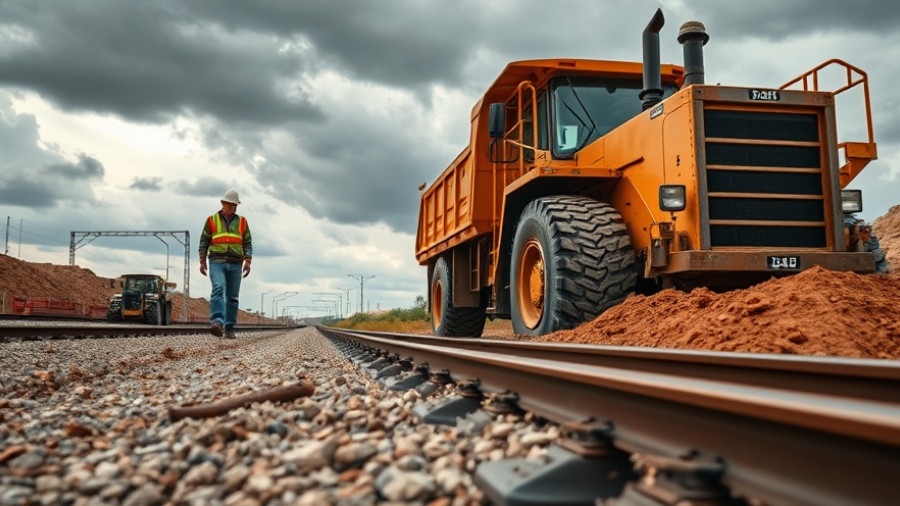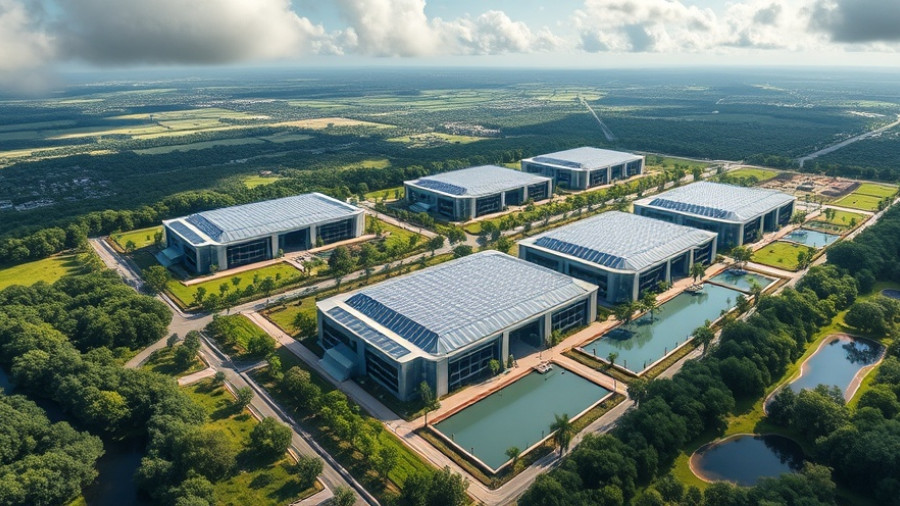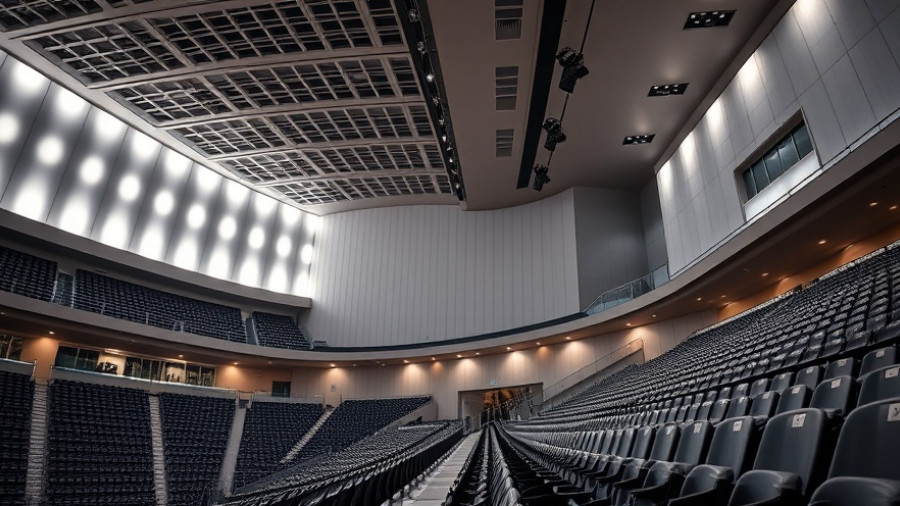
Understanding the Rising Costs in Construction
In an era of fluctuating prices, understanding the rising input costs in construction becomes imperative. Recent data from the U.S. Bureau of Labor Statistics reveals that construction input prices saw a modest increase of 0.2% in August, propelled primarily by surging prices for iron, steel, and other essential materials. Compared to last year, these prices have increased by 2.3% overall and 2.6% specifically for nonresidential construction projects.
The Impact of Tariffs on Material Prices
The role of tariffs in driving up construction material prices cannot be understated. As construction industry experts such as Anirban Basu point out, the volatility stemming from these tariffs continues to affect several material categories. Observing how tariffs directly impact the market sheds light on broader economic trends that could influence project planning and cost-efficiency strategies.
Market Volatility: A Double-Edged Sword
Jeffrey Shoaf, CEO of the Associated General Contractors of America, highlights the precarious balance in the current construction market, suggesting that “there is a limit to how many price increases the market can absorb.” An increased frequency of project cancellations and delays, reported by approximately 43% of contractors, demonstrates the tangible effects of this volatility. Decision-makers must navigate these uncertainties carefully to avoid potential project pitfalls.
Creating Resilience Amidst Rising Costs
For stakeholders in the construction industry, adapting to rising material costs involves embracing strategic decision-making processes. From exploring innovative building techniques to implementing new project delivery methods, finding cost-effective solutions is now more critical than ever. Facility managers and property developers can leverage technology and data analytics to minimize waste and optimize resource allocation, ultimately driving project success even when faced with increased costs.
The Strategic Importance of Planning
As the construction landscape shifts due to rising prices, the importance of diligent planning grows exponentially. C-suite executives should establish robust frameworks to assess project viability amid these price changes. A proactive stance that anticipates market fluctuations will be necessary for maintaining a competitive edge. Looking forward, advocacy for trade policy reform aimed at reducing tariffs could stabilize prices and bolster demand.
In summary, the ongoing rise in construction costs prompts a re-evaluation of strategies for investment and project execution. By staying informed on market conditions and embracing flexibility, businesses can navigate this challenging environment with greater resilience.
For those interested in optimizing resources and ensuring project success amidst rising material costs, now is the time to reflect on current strategies and explore innovative approaches that ensure sustainable growth in construction.
 Add Row
Add Row  Add
Add 




Write A Comment